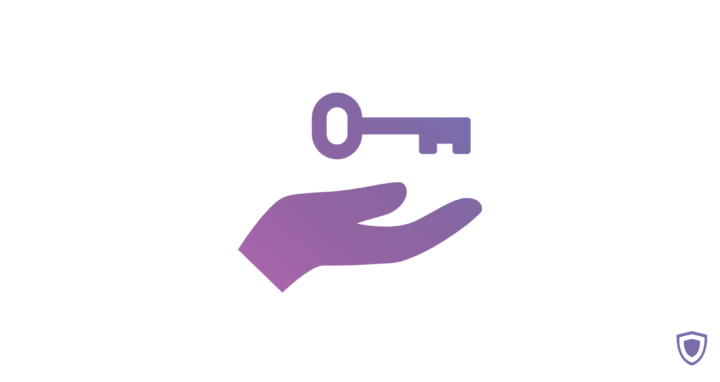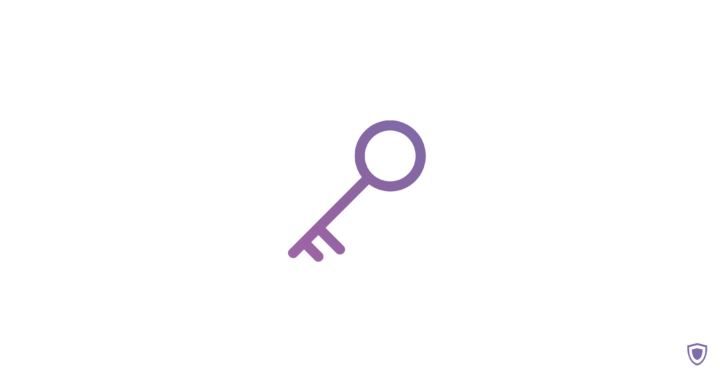Private Key – Everything You Need to Know

Guarda team breaks down the importance of a wallet private key and gives advice on how to keep your crypto safe.
Possibly, all the cryptocurrency wallet providers tell their users about the private key security. Guarda wallet team, too, is often to repeat the words:
“Keep your private keys safe!”
As we are non-custodial cryptocurrency storage, it is very important for us to enlighten our users on the very basic safety rules. Custody-free wallets do not have access to the user’s personal information (including the private keys), making a user the only actual owner of the data. This means that you are responsible for the security of your wallet information.
To prevent all the possible threats, we would like to break the basics of the private keys in this article. Hope you find our advice useful!
Private keys – the basics
A private key is a tool helping a user to manage their funds. In short, the key is a highly sophisticated cryptographic form allowing to gain access to the wallet. Private keys are important to all the possible cryptocurrencies and the security of the key is essential to protecting users from thieves and malicious accesses to the wallet.
What is the private key?
A user who is creating a wallet gets a public address and a private key to start managing the funds in the wallet. The first one – the public key – can be used anywhere to send and receive coins and tokens. Basically, it is the address of the wallet itself. It is quite simple. However, everything deposited into the wallet relies on the private key – a unique pass that allows wallet management. The public key, too, is generated from the private key with a special mathematical algorithm.
So, how does a private key look like? The key usually looks like a series of symbols – letters and numbers. This system prevents the keys from being hacked easily.
A wallet stores the private keys. Once a transaction is coming through, the wallet system creates a special digital signature with the use of the private key. The whole mechanism is secure, as the signature belongs to one and only transaction. If something changes, the signature will change as well.
Who has access to a private key?
This is a very important question. When choosing between wallets and exchange accounts, you must know the difference between custodial and custody-free services. When using custodial accounts, the users willingly give control over their funds to the third party. Basically, if something happens (an attack, for instance), you may lose your crypto.
In case you want your wallet to be secure (who doesn’t), you should turn to non-custodial cryptocurrency storages.
How to keep your crypto safe?
In reality, there are two simple rules for keeping your cryptocurrencies safe:
- Create a secure wallet. Choose a non-custodial wallet like Guarda. We do not have access or store the information of our users. You are the only owner of your private keys – this increases security levels drastically.
- Keep your key out of the public eye. Seriously, we advise not to share it with anyone. If there is a need to save the key for some future situations, keep it offline (like on a piece of paper only you have access to, for instance)
Guarda wallet team is not there to check whether you store your private keys securely, but we can give these two simple pieces of general advice and provide you with a great non-custodial cryptocurrency wallet.
You can check how to create one right here: